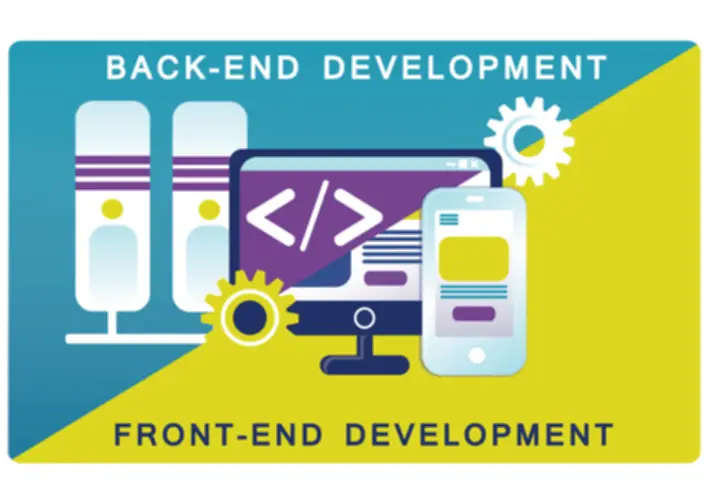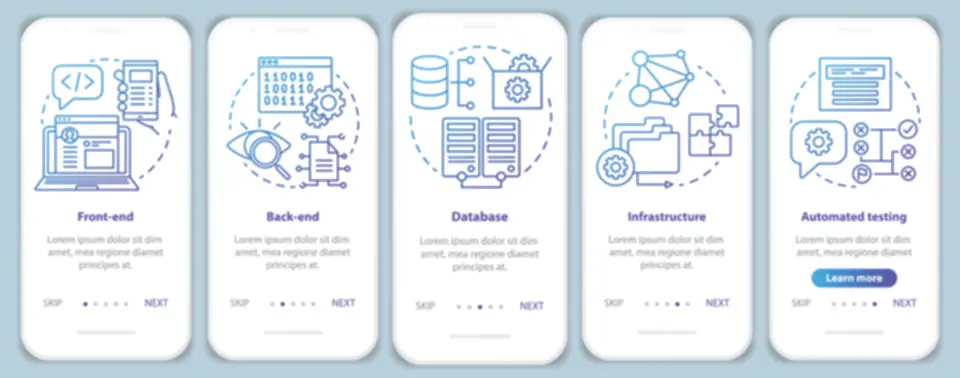The techniques engineer works carefully with the project supervisor in tailoring the generic life cycle, together with key decision gatesdecision gates, to satisfy the wants of their particular project. Till lately, course of standards and maturity fashions have tried to cover each eventuality. System development life cycles are typically used when creating IT initiatives. This stage includes the event of detailed designs that brings initial design work right into a systems life cycle model accomplished form of specs. This work includes the specification of interfaces between the system and its supposed surroundings, and a complete analysis of the methods logistical, maintenance and support requirements. The detail design and development is responsible for producing the product, course of and materials specs and will lead to substantial changes to the development specification.
A easy, precedential, follow-on system may have only one part in the definition stage, whereas a fancy system may need more than two. With build-upon techniques (vs. throwaway) prototypesprototypes, a good deal of growth might occur during the definition stage. System integrationintegration, verificationverification, and validationvalidation could comply with https://www.globalcloudteam.com/ implementation or acquisition of the system elements.

Then, they may make use of predictive evaluation and AI simulation tools at this stage to test the early-stage validity of an thought. This analysis helps project managers construct a picture of the long-term sources required to develop a solution, potential market uptake, and which obstacles may arise. Methods engineering duties are usually concentrated firstly of the life cycle; nevertheless, each industrial and authorities organizations recognize the necessity for SE all through the system’s life cycle. Often this ongoing effort is to modify or change a system, product or service after it enters manufacturing or is positioned in operation.
Relevant questions embody whether the newly carried out system meets necessities and achieves project targets, whether the system is usable, reliable/available, correctly Digital Twin Technology scaled and fault-tolerant. Process checks include evaluation of timelines and expenses, as well as user acceptance. Moreover, a 5% improve in customer retention can lead to a 25% to 95% improve in income, showing the significant impression loyal customers can have on a business’s bottom line. Retention methods, like customized experiences and loyalty applications, can foster long-term relationships and generate recurring revenue, in the end making them an invaluable a part of any business model.
In the next article on System Life Cycle Course Of Drivers and Selections, these variations on the theme of life cycle fashions might be identified and offered. Once More, since SDLCs utilize intensive paperwork and guideline paperwork, it’s a team effort, and losing one even a major member won’t jeopardize the project timeline. SDLC fashions can therefore help tasks to iterate and enhance upon themselves time and again till primarily perfect. Since SDLCs have well-structured documents for project goals and methodologies, staff members can leave and be replaced by new members relatively painlessly.
- This part also contains initial internal testing to ensure the system capabilities as expected and adheres to design and useful necessities.
- A simple, precedential, follow-on system may need just one section in the definition stage, while a fancy system might have more than two.
- In addition, this model accounts for shifting project necessities, which could not all the time be obvious firstly of the SDLC however emerge as it progresses.
- Some of the recent examples embody purchasers coming to us to create AI options for their providers while their information simply was not ready for the advanced tasks.
Stage 5 Testing
After training, systems engineers and builders transition the system to its production environment. During this step, present priorities that might be affected and how they need to be handled are considered. A feasibility study determines whether creating a brand new or improved system is acceptable. This helps to estimate prices, advantages, resource requirements, and specific person needs.
This section of the system improvement life cycle is usually split into totally different sub-stages, especially if a microservice or miniservice structure, by which improvement is damaged into separate modules, is chosen. The V-model (which is brief for verification and validation) is sort of just like the waterfall model. A testing part is included into every development stage to catch potential bugs and defects. Each stage has a separate project plan and takes data from the earlier stage to avoid related issues (if encountered).
What Were The 5 Unique Phases Of System Improvement Life Cycle?
Baselinesclarification needed are established after 4 of the five phases of the SDLC, and are important to the iterative nature of the model.23 Baselines turn out to be milestones. Conduct with a preliminary evaluation, contemplate different solutions, estimate costs and benefits, and submit a preliminary plan with recommendations. With tech-powered personalization, you’re constructing loyalty and maximizing the lifetime worth of every customer. Let’s shortly evaluate the challenges the hospitality industry is facing proper now so we will move on to the options and our case research. It allows regular incorporation of suggestions, which considerably reduces the time and prices required to implement modifications. Supplies a blueprint for setting up the system based on specified design requirements.

System Design Life Cycle Sdlc (design)

Their output could also be closer or farther from what the shopper finally realizes they want. It’s mostly used for smaller initiatives and experimental life cycles designed to tell other projects in the same firm. Moreover, developers will usually create a software requirement specification or SRS document. Project managers and groups also needs to pay attention to the challenges they may face in the course of the SDLC.
Unexpected circumstances and incorrect assumptions early on can complicate development and even snowball into larger problems later. For example, if newly put in hardware doesn’t work appropriately, it would require redevelopment, which not solely delays the final supply, but additionally will increase system cost. The System Improvement Life Cycle (SDLC) consists of a quantity of interconnected phases that provide a structured framework for developing a system. These phases embrace Planning, Analysis, Design, Improvement, Testing, Implementation, and Maintenance. Each phase performs an important position in guaranteeing the system is successfully developed, with System Design being particularly critical in shaping the ultimate product.
The pandemic hit exhausting in early 2020, especially for the hospitality and journey industries. Recruiting and retaining expert staff has turn out to be a significant problem post-pandemic. Whereas there are some drawbacks, SDLC has confirmed to be one of the most effective methods for efficiently launching software program merchandise. Mostly used for creating and delivering a variety of ideas, this mannequin perfectly fits the clients who don’t have a transparent concept or imaginative and prescient of what their ultimate product ought to appear to be. Prototyping instruments, which now offer intensive automation and AI options, considerably streamline this stage. They are used for the quick creation of a quantity of early-stage working prototypes, which can then be evaluated.
This doc shapes the strict regulations for the project and specifies the exact software program mannequin you’ll ultimately implement. This consists of the primary system prototype drafts, market research, and an analysis of opponents. In conclusion, the System Design Life Cycle (SDLC) plays a pivotal function in shaping the development of robust and efficient systems. By specializing in the design features, it provides a blueprint for constructing techniques that meet user requirements and cling to industry standards. The system may gradually evolve to fulfill current and future expectations due to this iterative course of, which additionally ensures ongoing improvement and reduces dangers. It’s just like building a bridge after which modifying it over time to handle growing site visitors or changing conditions.
During the testing stage, developers will go over their software program with a fine-tooth comb, noting any bugs or defects that have to be tracked, fastened, and later retested. Essentially, SDLC trades flexibility for management by imposing construction. It is more generally used for large scale initiatives with many developers. In systems design, features and operations are described in detail, including display screen layouts, enterprise rules, course of diagrams, and other documentation. Modular design reduces complexity and permits the outputs to explain the system as a set of subsystems. For instance, because the system analyst of Viti Financial Institution, you have been tasked to examine the present info system.
As you can see, completely different methodologies are used relying on the specific imaginative and prescient, characteristics, and requirements of individual initiatives. Understanding the construction and nuances of every mannequin might help to select the one that most closely fits your project. The verification and validation mannequin tends to be resource-intensive and inflexible. For projects with clear necessities where testing is essential, it can be useful. The Spiral model most carefully fits massive tasks the place the danger of points arising is excessive. Changes are passed through the different SDLC phases again and again in a so-called “spiral” movement.
Leave a Reply